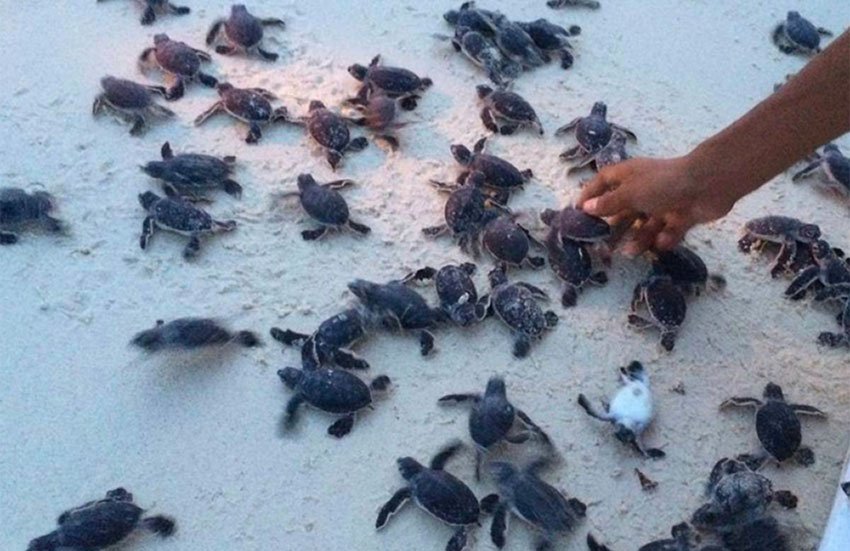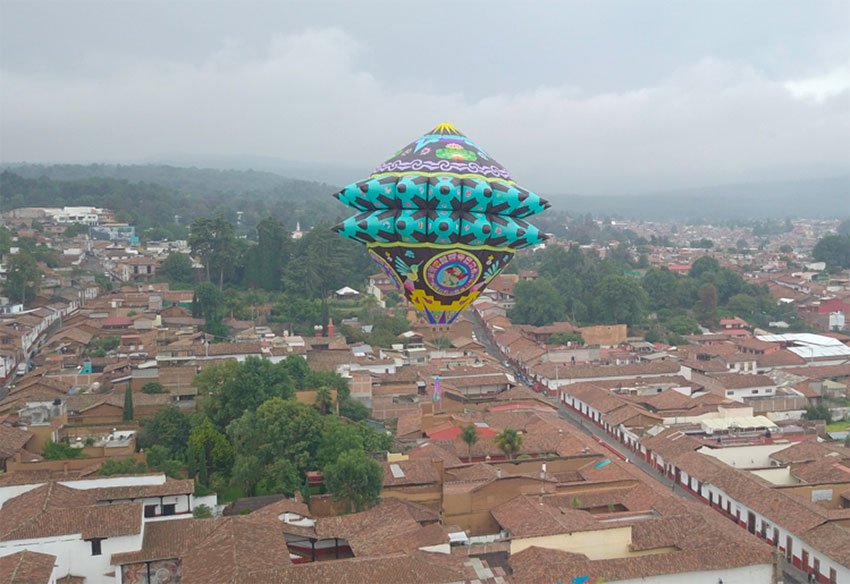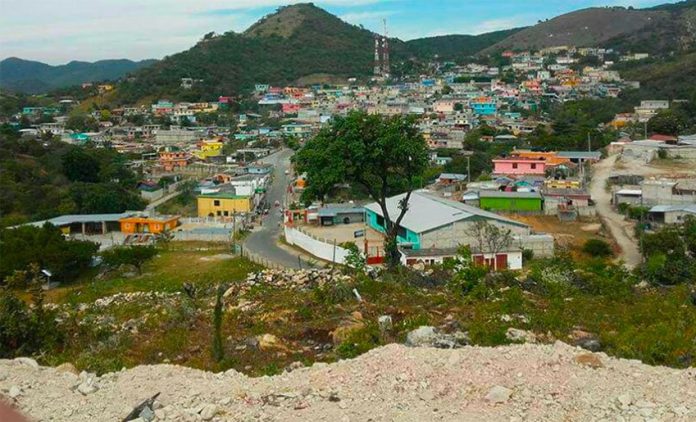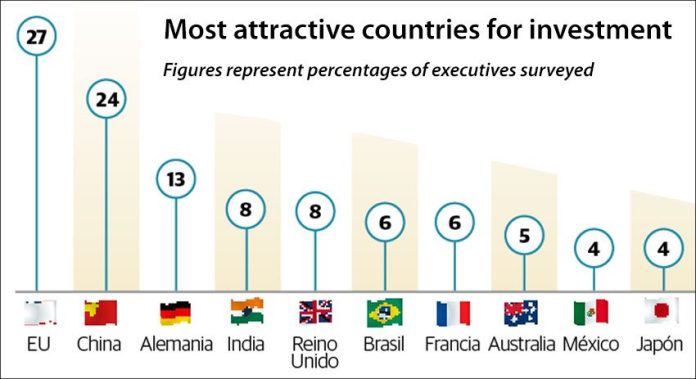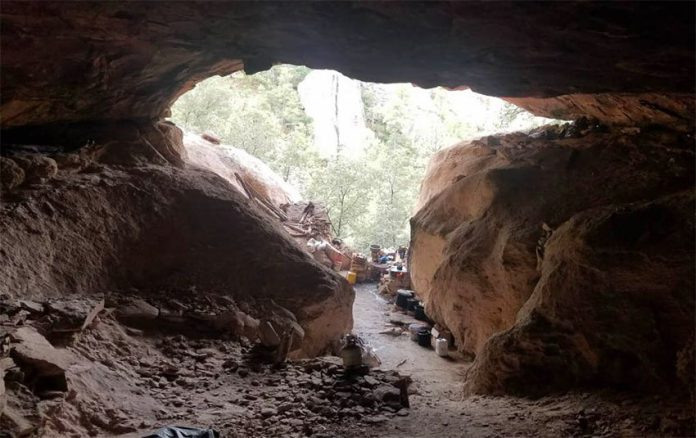A net loss of more than 14,000 jobs made June the worst month for employment data since March 2010, while job growth in the first half of the year was the lowest since 2009.
The Mexican Social Security Institute (IMSS) reported a net loss of 14,244 jobs last month, the first decline in employment figures since President López Obrador took office in December.
Just under 34,000 permanent jobs were created in June but 48,215 jobs disappeared, according to IMSS data.
A total of 289,301 jobs were created between January and June, the worst first semester result since 2009 when 306,942 jobs were lost.
“The [June] employment data is the continuation of a poor trend for formal employment . . . [It] confirms that the Mexican economy is going through an economic slowdown,” said David Kaplan, a senior labor market specialist at the Inter-American Development Bank.
Carlos López, chief economist at economic forecasting company Tendencias Económicas y Financieras, said “the collapse of employment” as shown in the IMSS data “is a symptom of recession.”
The Bank of México warned last week that there is a possibility that the economy will enter into a “light recession,” while the Bank of America is predicting that data will show that the economy contracted for a second consecutive quarter between April and June, meaning that Mexico is technically in a recession already.
While jobs were lost last month, IMSS highlighted that just under 20.37 million workers are currently enrolled in its social security scheme, 2.4% more than at the end of June 2018.
Job creation in the agricultural and communications and transportation sectors drove the growth. In the former, there are 5.4% more insured workers than a year ago while in the latter there are 5.2% more.
In contrast, the number of insured workers in the construction and mining sectors declined by 2.1% and 3.3% respectively.
Nayarit, where 7.7% more people are engaged in formal employment compared to a year ago, was the best performing state economy in terms of job growth in the first half of 2019, followed by Querétaro, Campeche, Yucatán and Baja California.
Guerrero, Chiapas, Oaxaca, Tabasco and Durango, all of which recorded negative employment growth between January and June, were the worst-performing state economies.
IMSS also reported that insured workers earn an average base salary of 376.6 pesos per day (US $20), a 6.6% annual increase, and that at the end of June, there were 991,286 affiliated employers, 2.5% more than a year ago.
At the end of last month, 743,321 people were employed in the government apprenticeship scheme known as Youths Building the Future, IMSS said.
Source: El Financiero (sp)



